The James Webb Telescope’s most astonishing findings
Trending Now
The James Webb Space Telescope is a groundbreaking achievement in the field of astronomy. With its state-of-the-art technology and powerful capabilities, it is designed to unravel the mysteries of the universe.
This marvel of modern engineering is a joint effort by NASA, the European Space Agency (ESA), and the Canadian Space Agency (CSA). Its primary mission is to explore the cosmos, from our solar system to the farthest reaches of the observable universe.
Unveiling the Universe: The Groundbreaking Launch of the James Webb Telescope
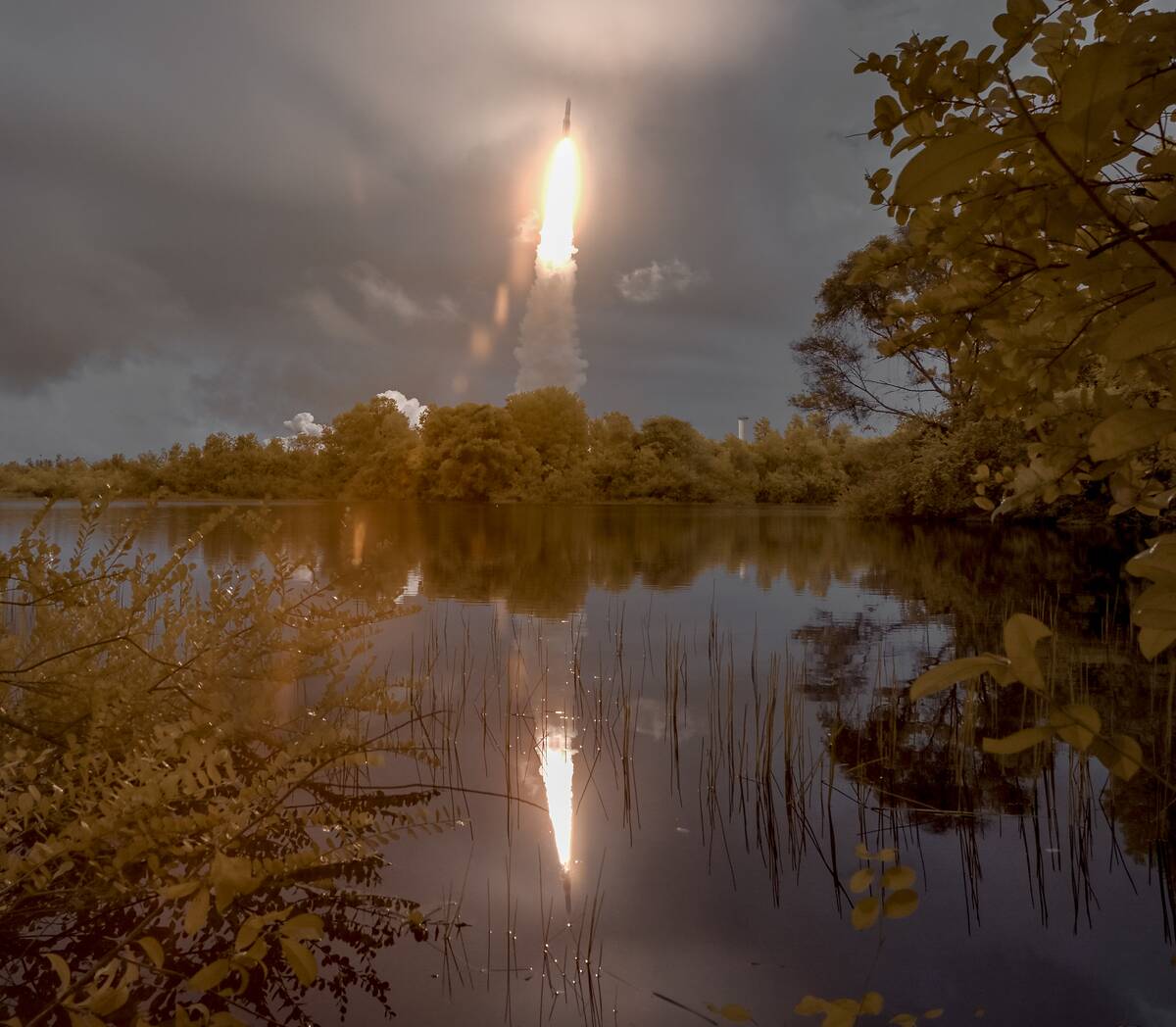
Launched on December 25, 2021, from the Guiana Space Centre in French Guiana, the James Webb Space Telescope embarked on its iconic journey. This launch was monumental, as it marked the beginning of a new era in space exploration.
The telescope was carefully folded to fit inside the Ariane 5 rocket, showcasing impressive engineering. Once in space, it underwent a complex unfolding process to reach its full operational configuration, ready to capture the universe’s wonders.
Peeking into the Past: Capturing Light from the Dawn of Time
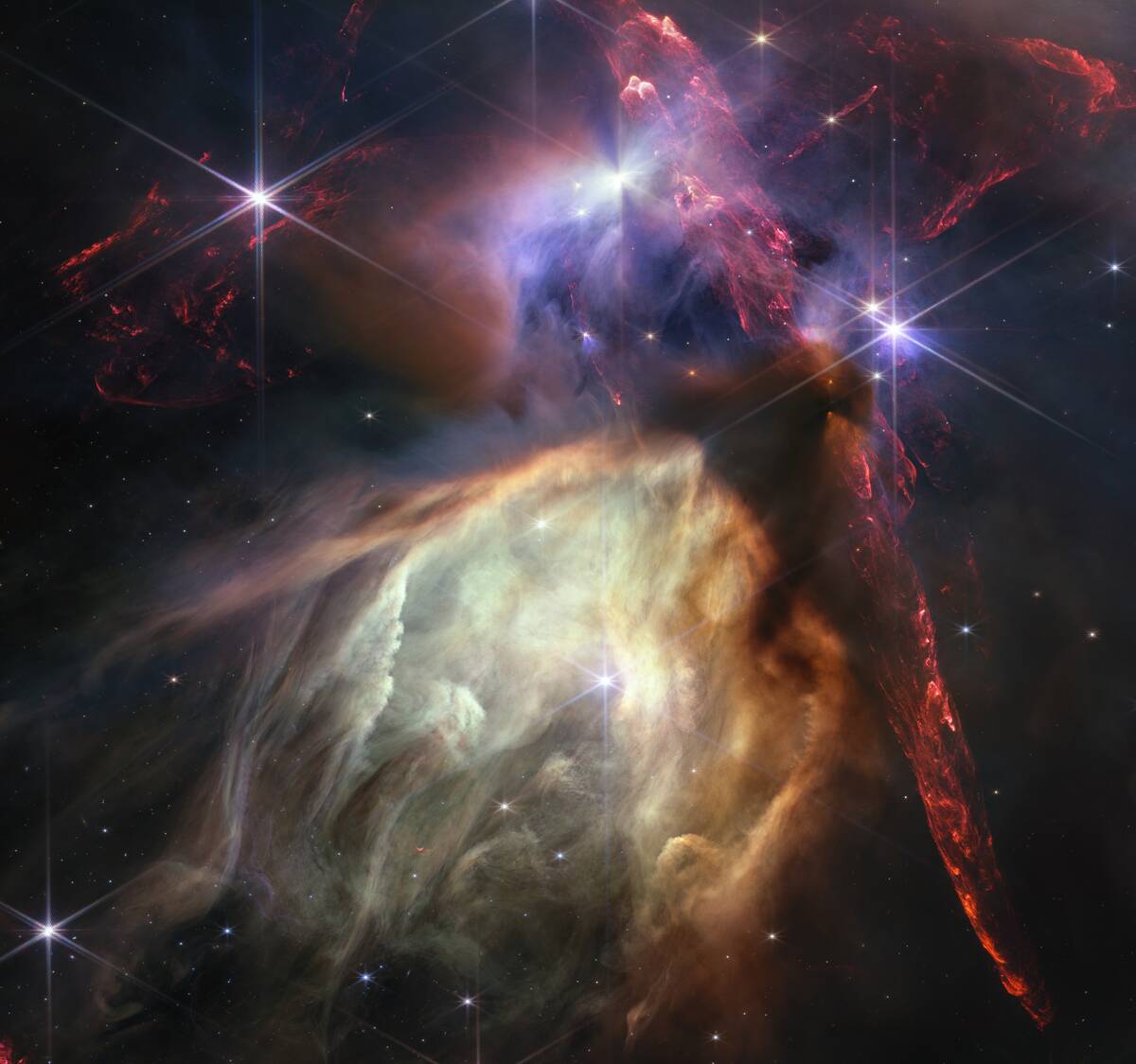
One of the most exciting aspects of the James Webb Space Telescope is its ability to look back in time. By observing light from galaxies that formed over 13 billion years ago, Webb offers insights into the early universe.
Utilizing its near-infrared capabilities, the telescope can detect faint signals from ancient stars and galaxies, providing a glimpse of cosmic history. This capability allows scientists to study how the first galaxies and stars evolved over time.
Cosmic Cradles: Discovering Star-Forming Regions in Unprecedented Detail
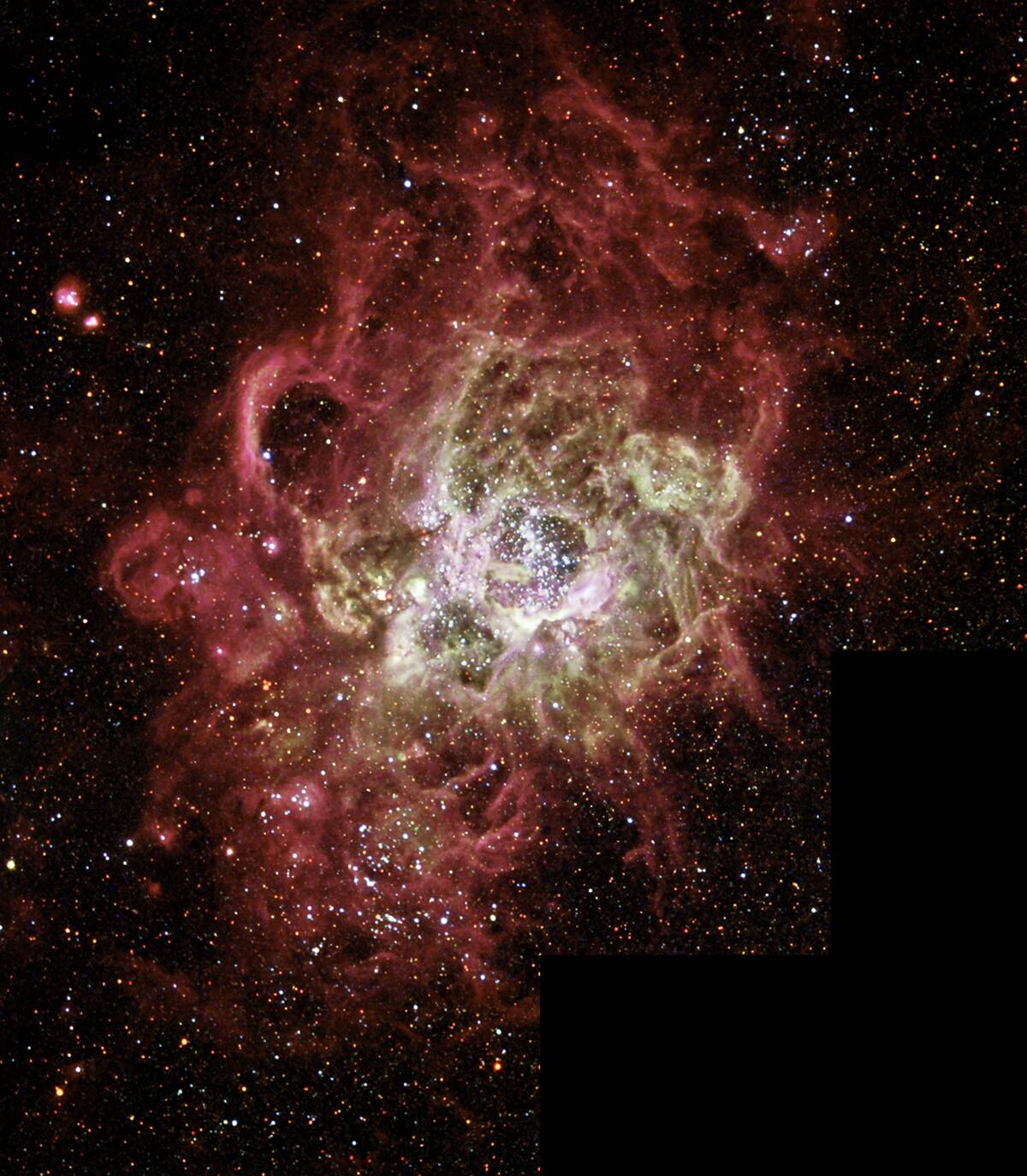
The James Webb Space Telescope is revolutionizing our understanding of star formation. With its infrared vision, Webb can peer through cosmic dust clouds that obscure star-forming regions. This allows astronomers to see stars being born in unprecedented detail.
By observing these stellar nurseries, researchers can learn about the processes that lead to star formation and the environments in which stars are created, shedding light on the life cycles of stars in our galaxy.
Secrets of the Exoplanets: Webb’s Insights into Distant Worlds
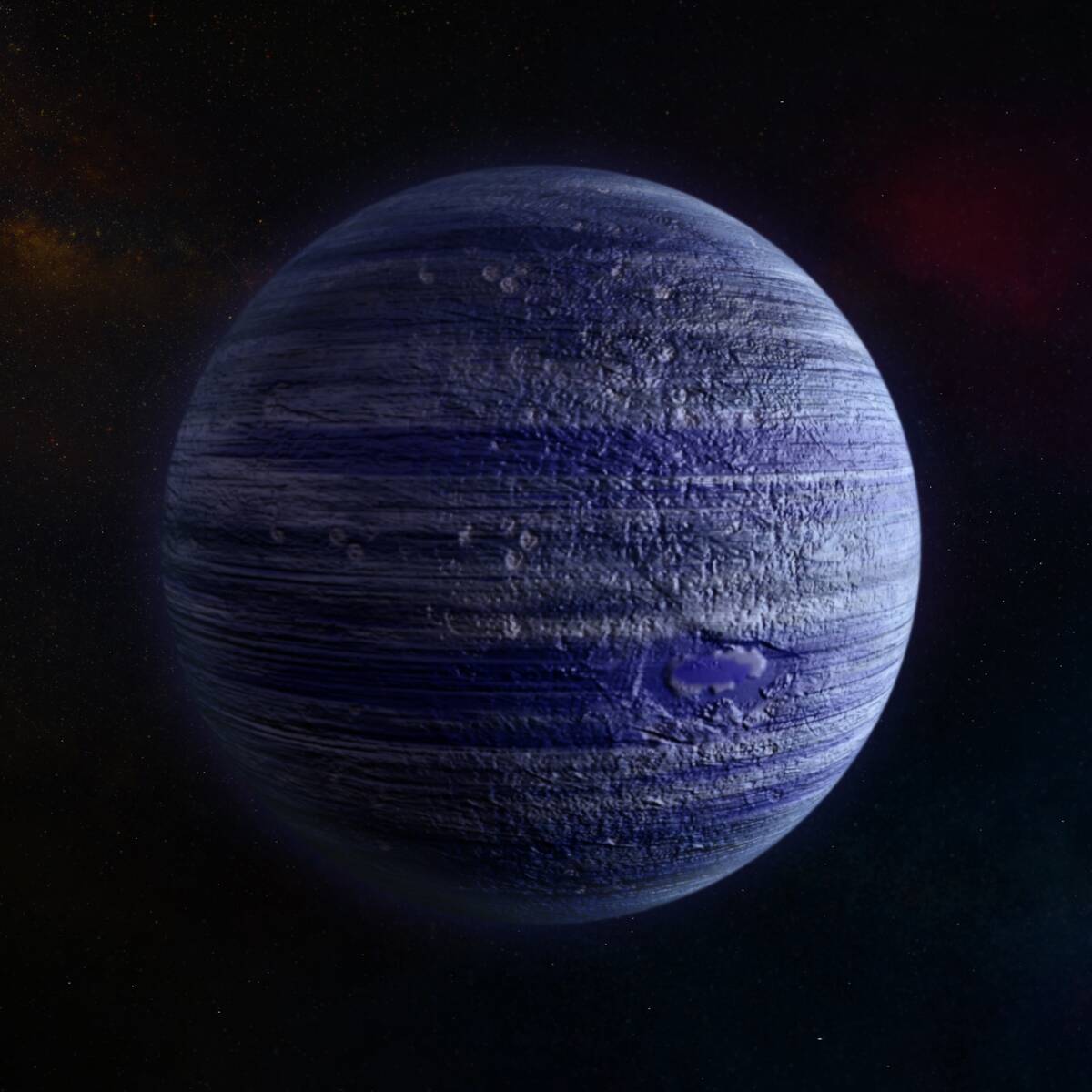
The search for exoplanets has taken a giant leap forward with the help of the James Webb Space Telescope. Its advanced instruments can analyze the atmospheres of distant worlds, revealing their composition and potential habitability.
By studying the light passing through exoplanet atmospheres, Webb can detect elements like water vapor, carbon dioxide, and methane, which are crucial for determining if these planets could support life. This could ultimately help identify Earth-like planets beyond our solar system.
A Kaleidoscope of Colors: Spectacular Imagery of Nebulae and Galaxies

One of the most captivating aspects of the James Webb Space Telescope is its ability to capture stunning images of the cosmos. With its powerful instruments, Webb provides mesmerizing views of nebulae and galaxies in vivid colors.
The telescope’s infrared capabilities allow it to reveal hidden details in these celestial objects. By capturing the beauty and complexity of the universe, Webb not only advances scientific understanding but also inspires wonder and curiosity about the cosmos.
The Hunt for Habitable Planets: Webb’s Contribution to Finding Earth 2.0

The James Webb Space Telescope is at the forefront of the search for habitable planets. With its ability to analyze the atmospheres of exoplanets, Webb can identify key markers of habitability.
By detecting water, oxygen, and other essential elements, the telescope helps scientists assess whether these distant worlds could support life. This mission could ultimately lead to the discovery of Earth 2.0, a planet with conditions similar to our own, expanding our understanding of potential life in the universe.
Dark Matter Mysteries: Shedding Light on the Universe’s Invisible Forces

Dark matter remains one of the most elusive components of the universe, but the James Webb Space Telescope offers new ways to study it. By observing the effects of dark matter on visible structures, such as galaxies and galaxy clusters, Webb can provide clues about its nature.
Understanding dark matter is crucial for comprehending the universe’s overall structure and evolution. With Webb’s observations, scientists hope to unravel the mysteries of this invisible force that makes up a significant portion of the cosmos.
Supermassive Black Holes: Webb’s Window into the Heart of Galaxies
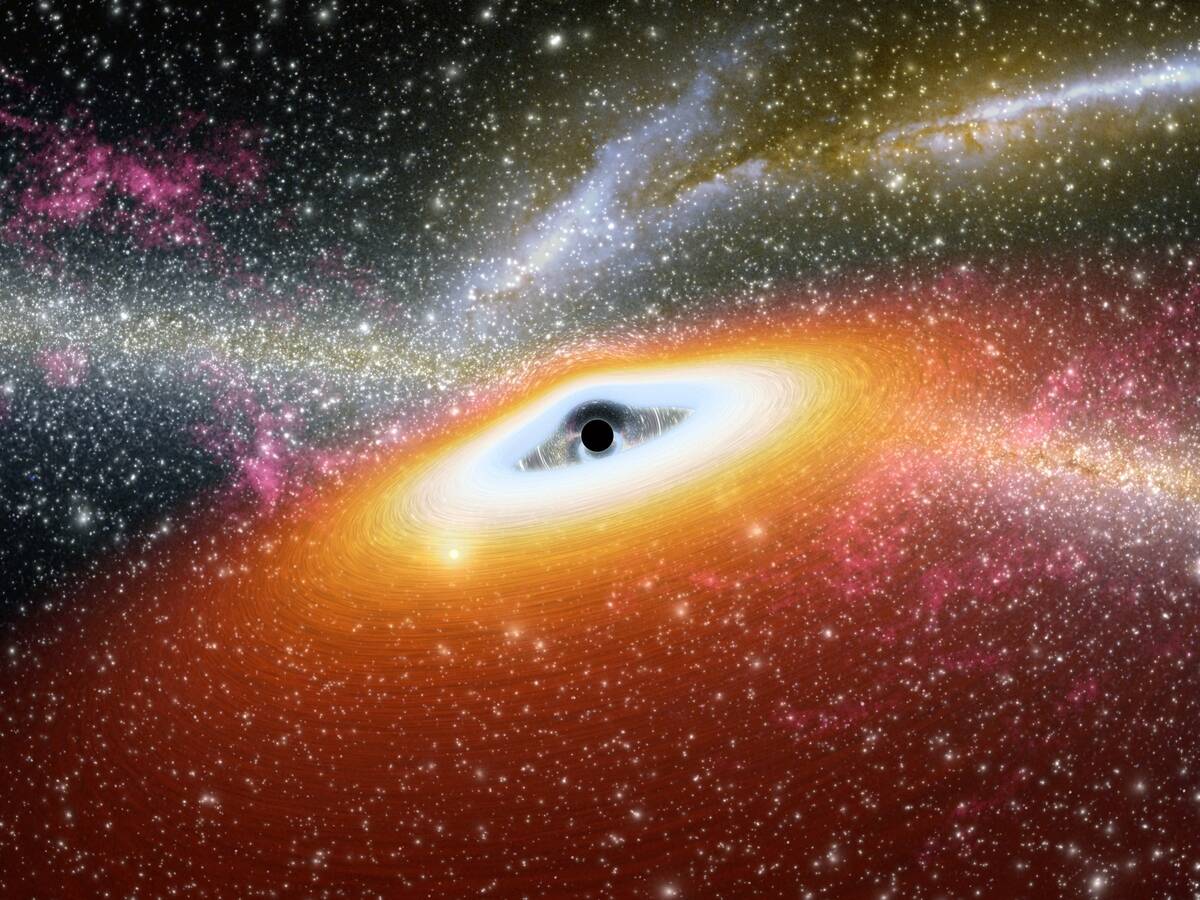
Supermassive black holes are enigmatic giants located at the centers of most galaxies, and the James Webb Space Telescope is set to explore them in depth. By observing the regions around these black holes, Webb can gather data on their behavior and influence on their host galaxies.
This research is critical for understanding how black holes grow and interact with their environments. Webb’s findings could reveal how these cosmic behemoths shape the structure and evolution of galaxies.
Cosmic Weather Report: Observing Dynamic Changes in Space

The James Webb Space Telescope is not just a static observer; it is also capable of monitoring dynamic changes in space. By tracking phenomena such as supernovae, variable stars, and other transient events, Webb provides a cosmic weather report.
This capability allows astronomers to study the life cycles of stars and the evolution of cosmic structures in real-time. By observing these changes, scientists can gain a deeper understanding of the forces at work in the universe.
Stellar Chemistry Lab: Analyzing the Building Blocks of Stars and Planets
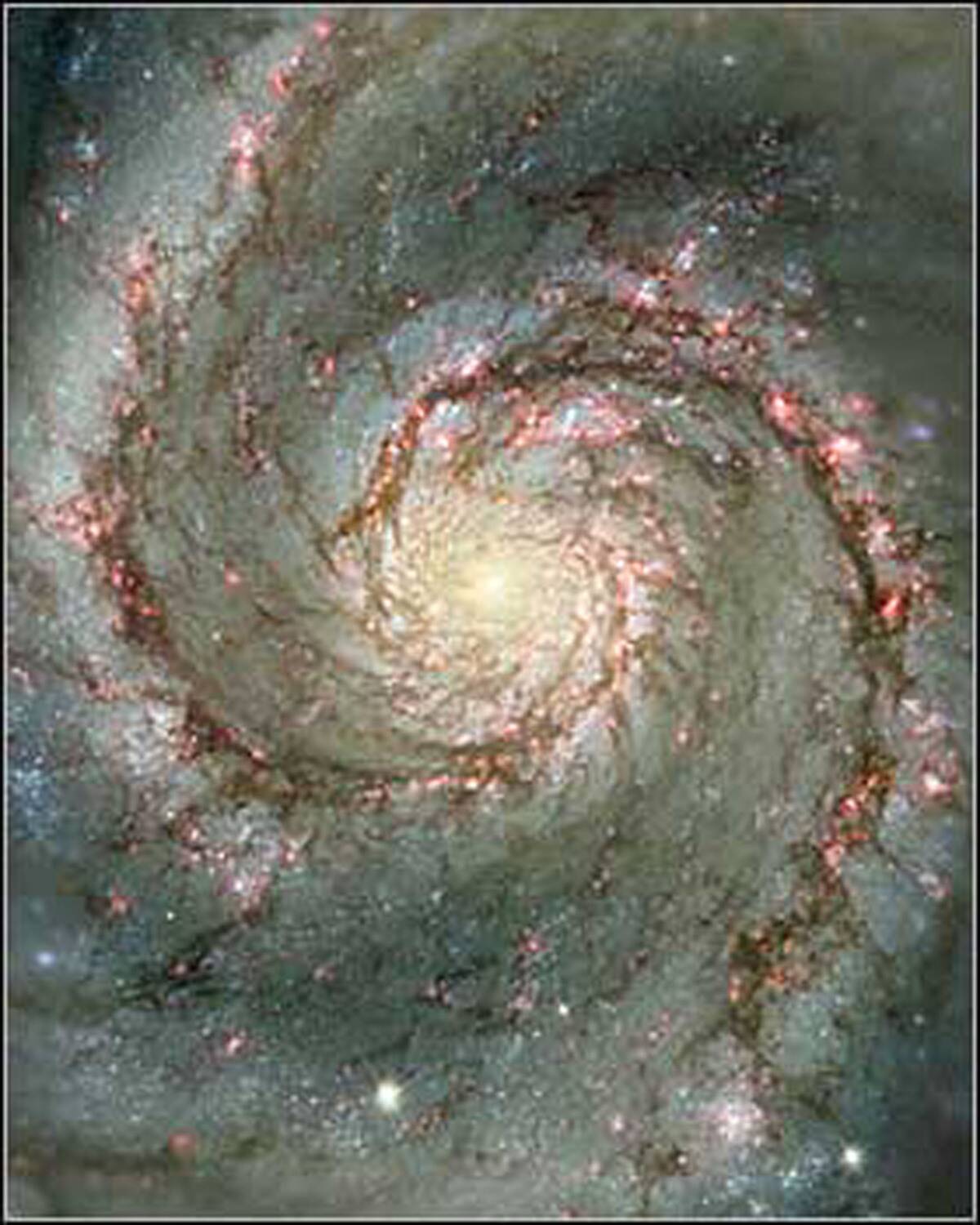
The James Webb Space Telescope serves as a stellar chemistry lab, analyzing the elements that make up stars and planets. By examining the light emitted or absorbed by celestial objects, Webb can determine their chemical composition.
This information is vital for understanding the processes that lead to the formation of stars and planetary systems. By studying the building blocks of the universe, Webb helps scientists piece together the intricate puzzle of cosmic evolution.
Beyond the Milky Way: Webb’s Journey to Distant Galaxies
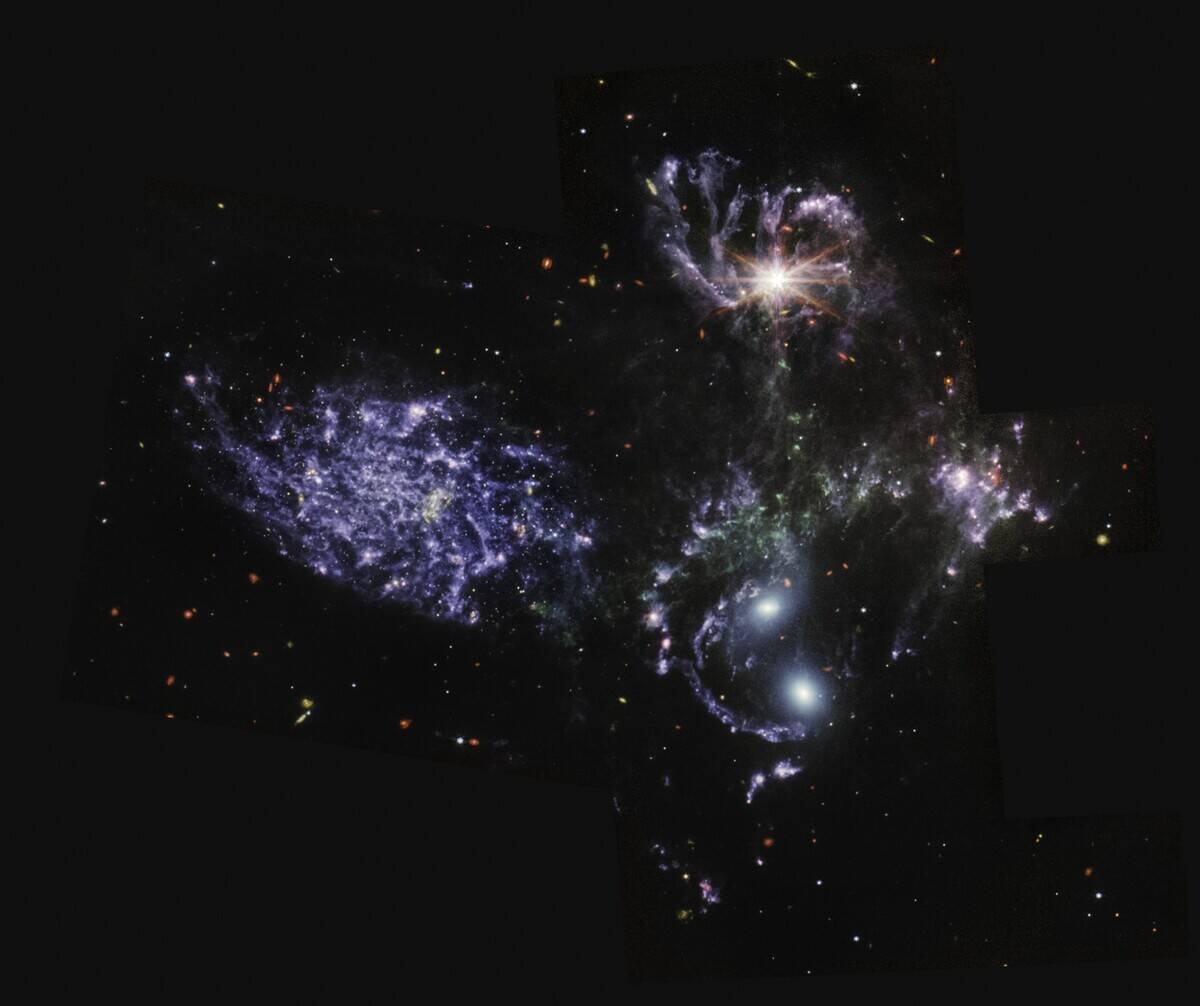
The James Webb Space Telescope is expanding our view of the cosmos by observing galaxies beyond the Milky Way. With its powerful instruments, Webb can study the light from distant galaxies, providing insights into their structure and behavior.
By exploring these far-off realms, astronomers can learn about the formation and evolution of galaxies over billions of years. Webb’s observations help piece together the history of the universe, revealing the vast and diverse tapestry of galaxies that populate it.
Cosmic Collisions: Witnessing Galactic Mergers in Action
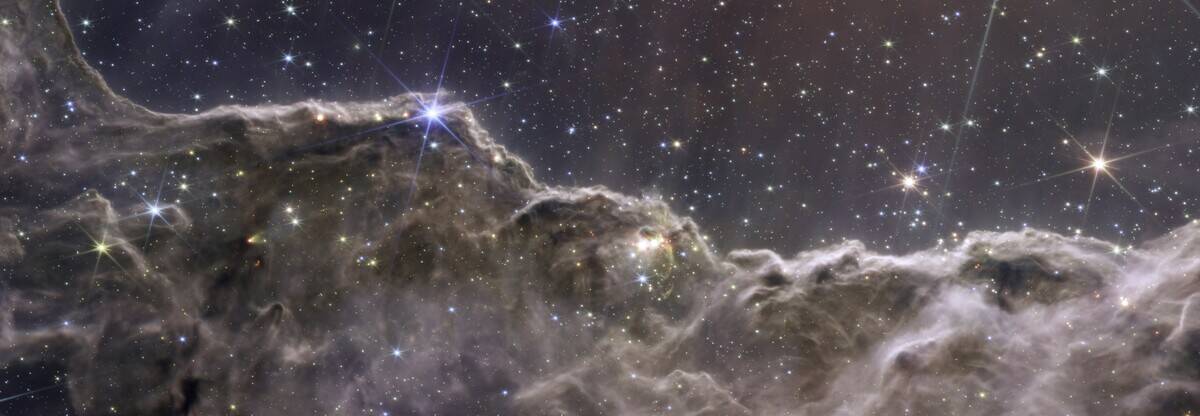
The James Webb Space Telescope allows astronomers to witness cosmic collisions as they happen. By observing galactic mergers, Webb can capture the dramatic interactions between galaxies. These events play a crucial role in shaping the structure of the universe, influencing galaxy formation and evolution.
By studying these cosmic interactions, scientists gain a better understanding of the dynamic processes that govern the universe, revealing the forces that shape the cosmos on a grand scale.
The Expanding Universe: Webb’s Role in Understanding Cosmic Growth
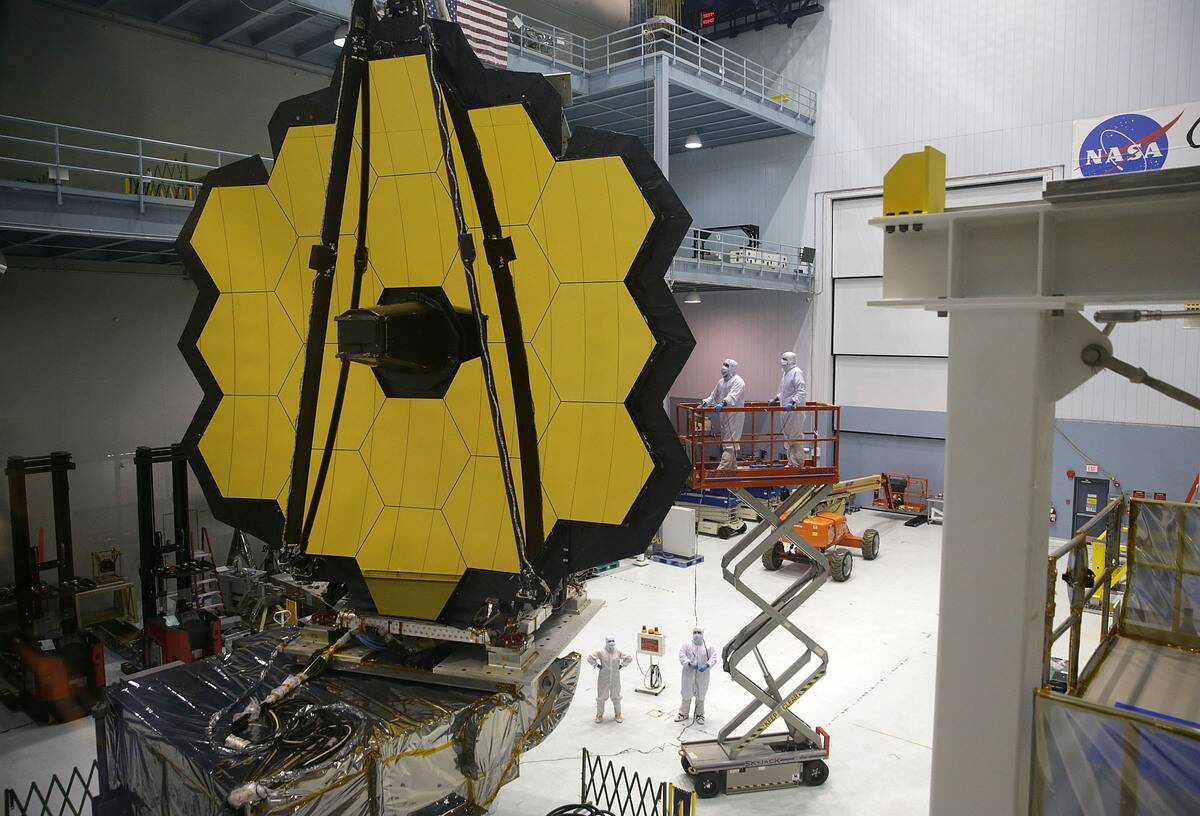
The expansion of the universe is a fundamental concept in cosmology, and the James Webb Space Telescope is playing a vital role in studying it. By observing distant galaxies, Webb can measure the rate of expansion and gather data on dark energy, the mysterious force driving this phenomenon.
Understanding the expansion of the universe is key to unraveling its ultimate fate. With Webb’s observations, scientists aim to refine models of cosmic growth and gain insights into the universe’s future.
A Collaboration of Great Minds: The International Effort Behind Webb
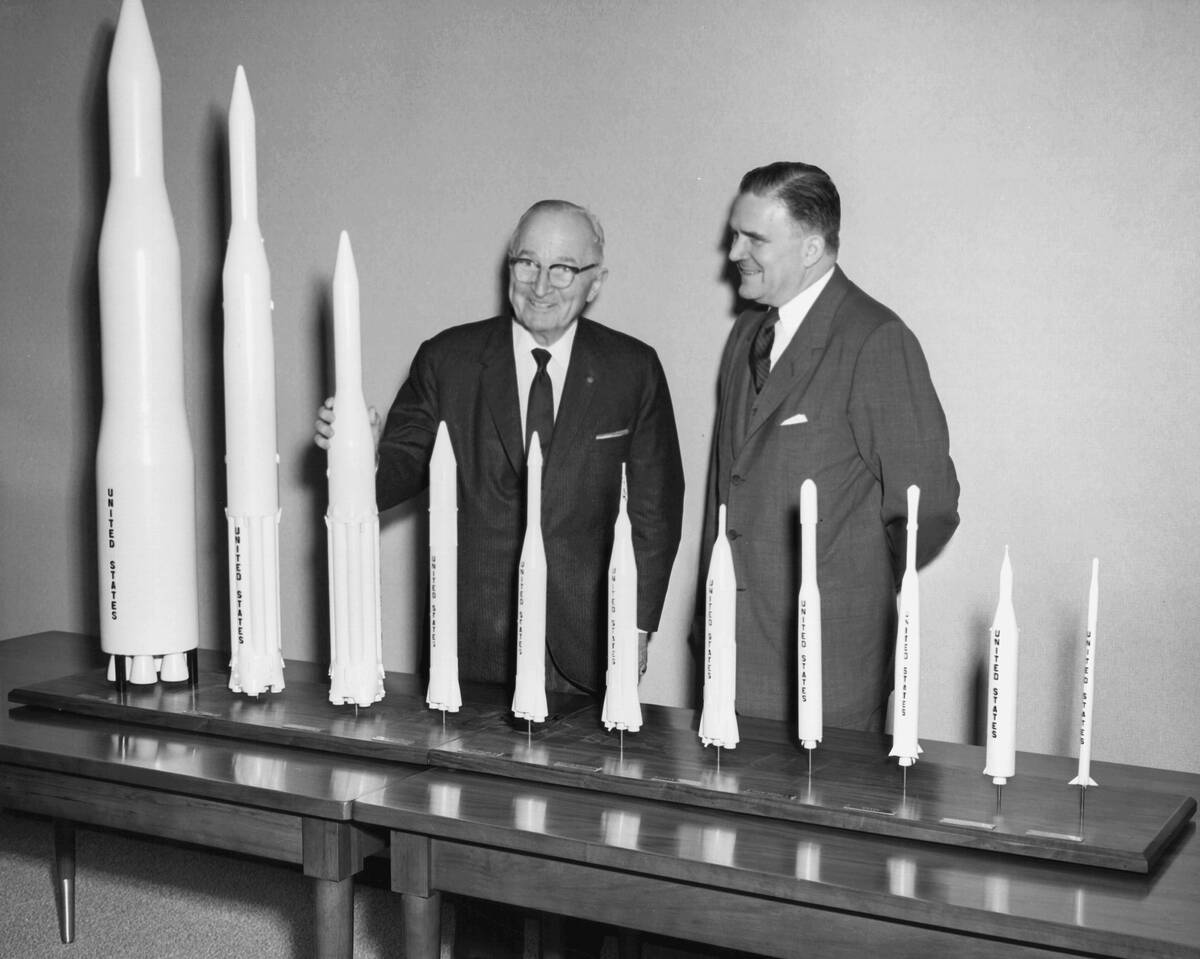
The James Webb Space Telescope is the result of a remarkable international collaboration. NASA, the European Space Agency, and the Canadian Space Agency worked together to bring this ambitious project to life. This partnership combines expertise, resources, and technology from around the world, showcasing the power of global cooperation in science.
The telescope’s success is a testament to the dedication and ingenuity of countless scientists and engineers who contributed to its development, demonstrating what can be achieved when nations unite for a common goal.




